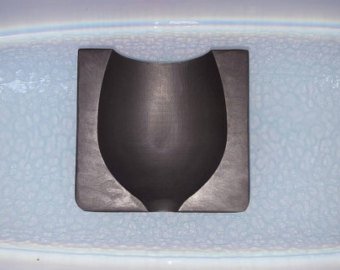Graphite molds for casting
Graphite molds for casting, boats, molds
Product Description
Graphite boats are used for sintering hard alloys and melting rare and semiconductor metals in electric furnaces in a protective atmosphere. We produce rectangular, round and closed boats with a lid according to customer drawings.
Graphite casting molds are used in mass and large-scale production of manganese steel castings, sprockets, pistons and covers, flanges and pump parts, wheels for railway cars, casting molds for centrifugal casting of bronze bushings and many other products of not very complex configurations.

Casting in graphite molds is characterized by high technical and economic indicators resulting from the advantages of graphite molds over the currently used disposable sand and metal molds.
Compared to ceramic molds, graphite molds have higher thermal, chemical and corrosion resistance and shorter duration and labor intensity of mechanical processing of the mold. Graphite forms do not require heat treatment. Their use eliminates the weldability of the poured metal to the body of the mold and ensures its non-wetting by slags, and also makes it possible to obtain higher density and improved mechanical properties of castings, achieve higher extreme accuracy and cleanliness of casting surfaces, and therefore reduce the amount of allowances for machining.
Graphite forms have three times less mass with the same dimensions. Graphite molds can be protected with metal guards for both durability and ease of use. The high mechanical strength of graphite makes it possible to use graphite molds without internal metal reinforcement and devices that increase their strength.

In the production of steel and cast iron castings, the graphite mold can withstand 300-500 pours, depending on the weight and configuration. Taking into account the possibility of regrinding the mold (the mold is resharpened up to 20 times), it is possible to increase the number of pours to 6000-8000 when casting steel and cast iron, and to an even greater extent when casting non-ferrous and especially aluminum alloys





